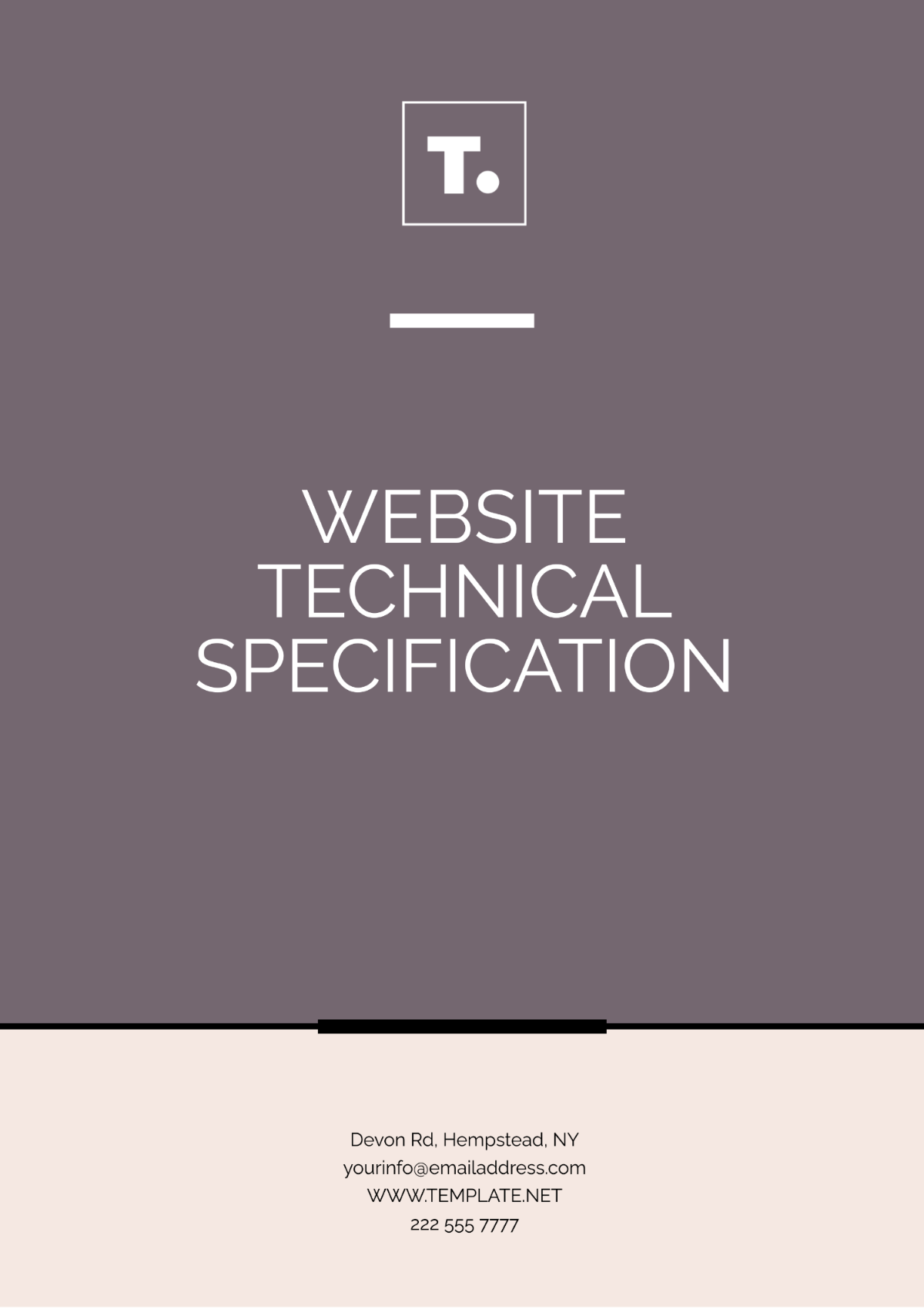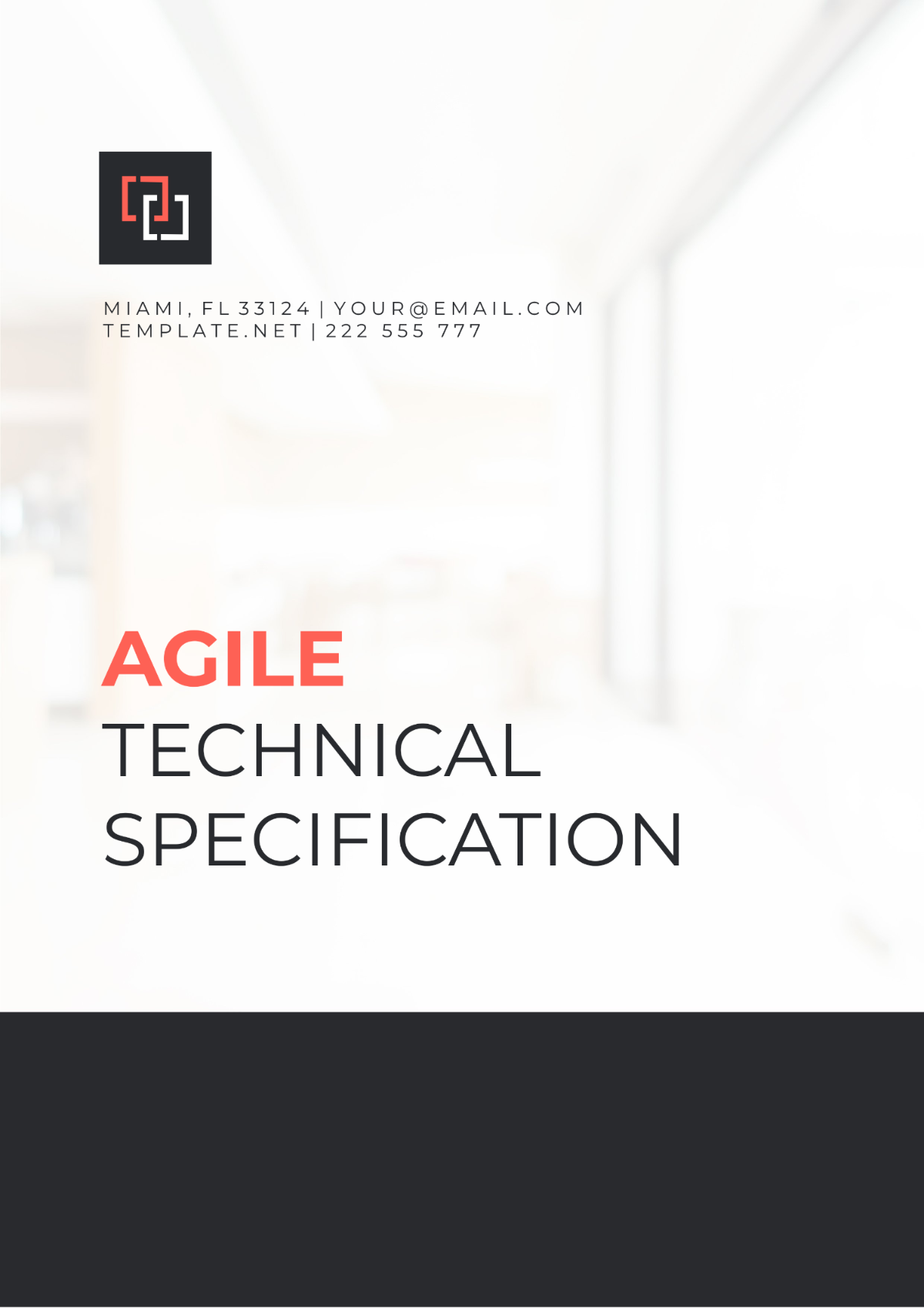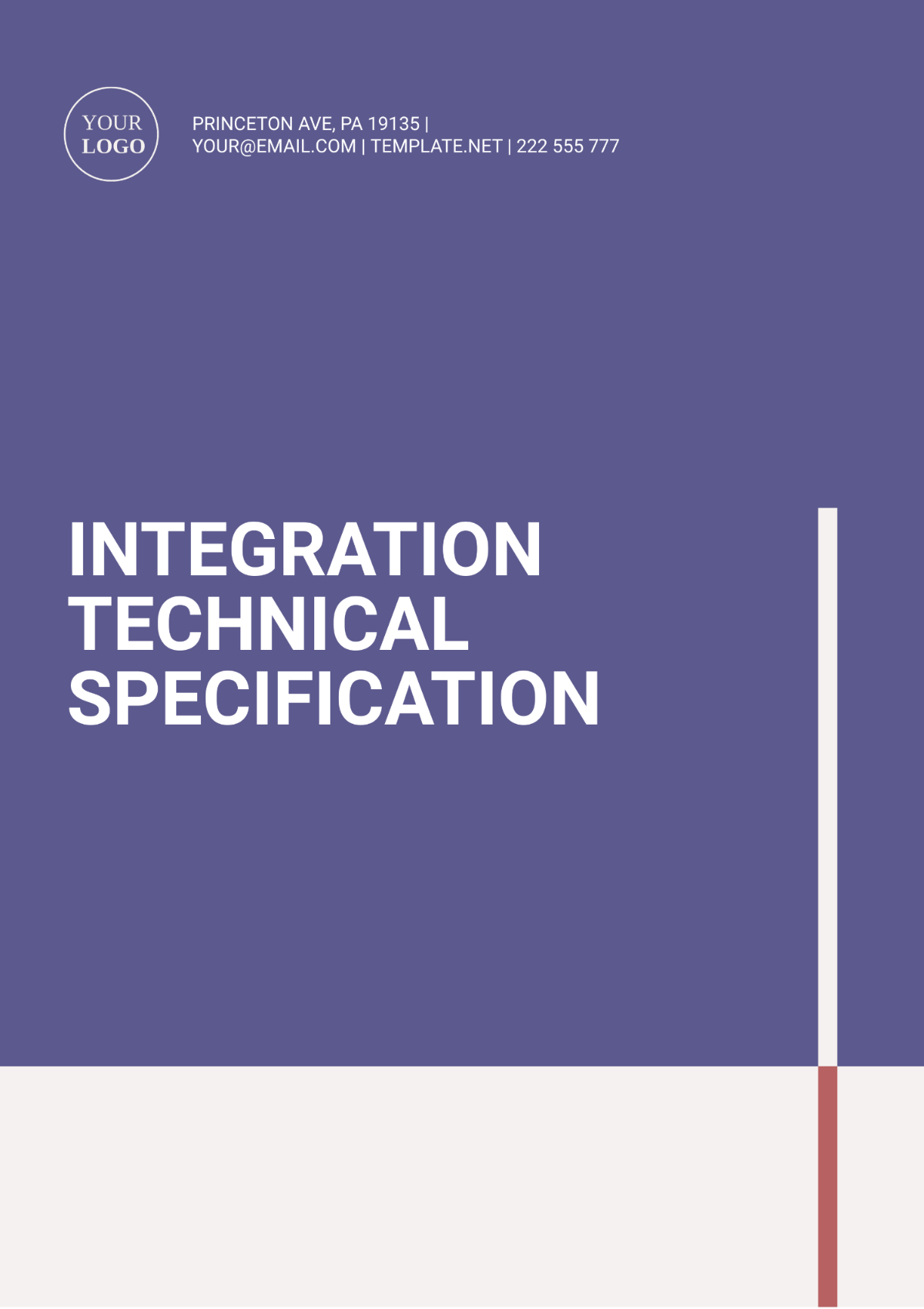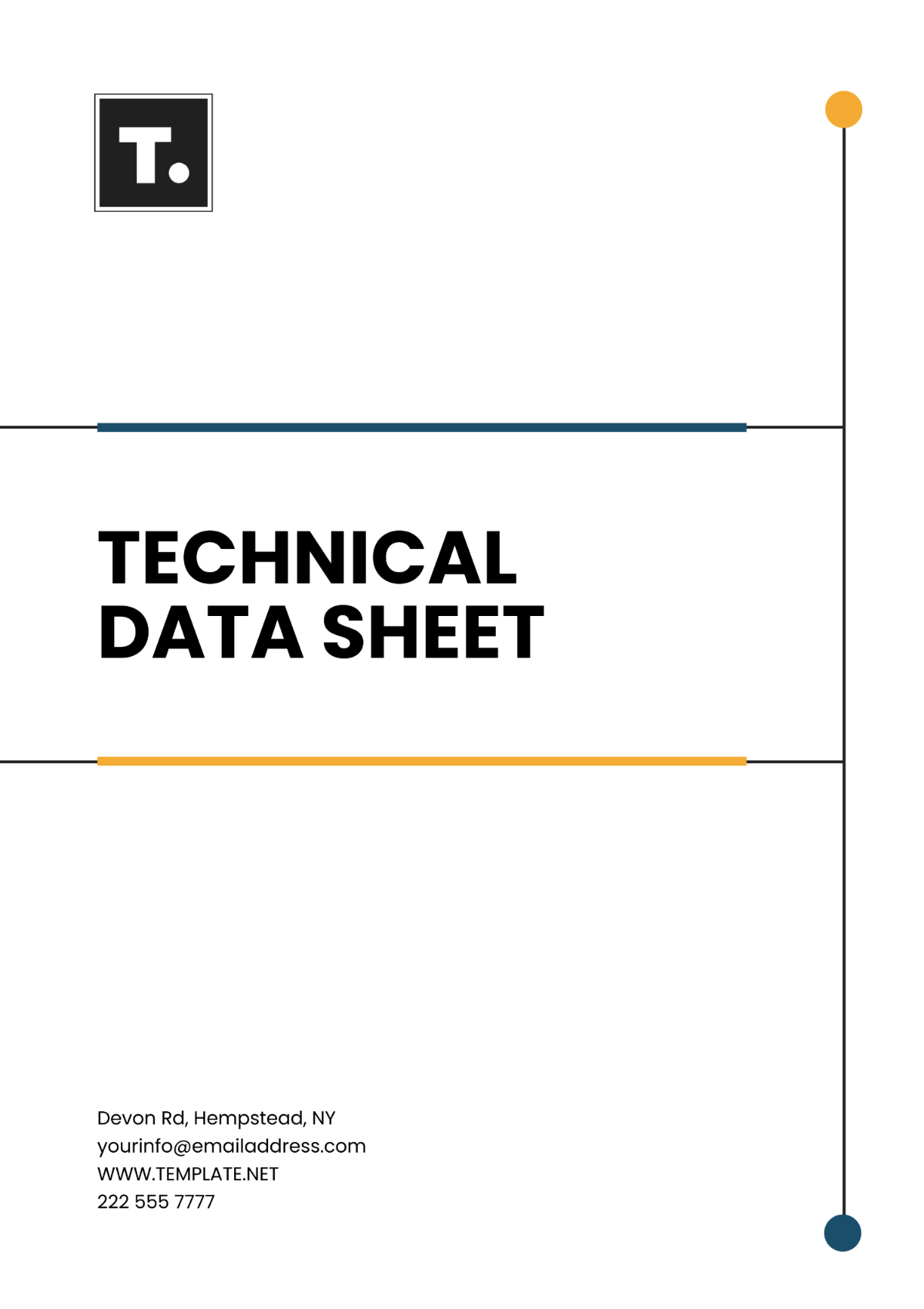SAP Technical Specification
Prepared by: [YOUR NAME]
I. Objective
The primary objective of this document is to outline the technical specifications required for the SAP system. This includes details on software requirements, hardware requirements, user roles, data migration strategies, and security measures essential for the successful implementation and maintenance of the SAP system.
II. Scope
This document encompasses the following:
System Architecture
Software Requirements
Hardware Requirements
Data Migration
User Roles and Permissions
Security and Compliance
Reporting and Analytics
III. System Architecture
The SAP system architecture should be designed to ensure high availability, scalability, and performance. It should comprise the following key components:
SAP Application Server
Database Server
Presentation Layer
Component | Description |
|---|---|
SAP Application Server | This server hosts the core SAP applications and performs all essential business logic. |
Database Server | Stores all the data and serves as the backend for the SAP applications. |
Presentation Layer | Interfaces users with the SAP system, typically through a browser or SAP GUI client. |
IV. Software Requirements
SAP ERP: Version 6.0 or higher
Database: Oracle 12c, Microsoft SQL Server 2016 or SAP HANA
Web Server: Apache Tomcat 9
Operating System: Windows Server 2016 or above, Red Hat Enterprise Linux 7 or above
V. Hardware Requirements
Minimum specifications for the hardware to support the SAP system:
Component | Minimum Specification |
|---|---|
CPU | Intel Xeon E5-2670 |
Memory | 64 GB RAM |
Storage | 1 TB SSD |
Network | 1 Gbps Ethernet |
VI. Data Migration
The data migration strategy must ensure data integrity, consistency, and continuity. The key steps involved are:
Data Extraction
Data Transformation
Data Loading
Data Validation
A detailed plan should be created for each step, ensuring minimal downtime and accurate data transfer.
VII. User Roles and Permissions
Define roles and permissions to ensure that users have the appropriate access levels. Common roles include:
Administrator
Power User
End User
Each role should have specific permissions that align with their job functions and responsibilities.
VIII. Security and Compliance
The SAP system must adhere to industry standards and regulations. Key security measures include:
Role-Based Access Control (RBAC)
Data Encryption (in transit and at rest)
Regular Security Audits
Compliance with GDPR, HIPAA, etc.
IX. Reporting and Analytics
The SAP system should support robust reporting and analytics capabilities. Essential features include:
Real-time Reporting
Customizable Dashboards
Advanced Analytics (Predictive, Prescriptive)
Integration with BI tools (SAP BW, SAP BusinessObjects)
X. Acceptance Criteria
The SAP system will be considered successfully implemented when it meets the following criteria:
All software and hardware requirements are fulfilled.
Data migration is completed without errors.
User roles and permissions are correctly configured.
Security standards are fully implemented and verified.
Reports and analytics function as required.
End-to-end testing and user acceptance testing (UAT) are successfully completed.
































